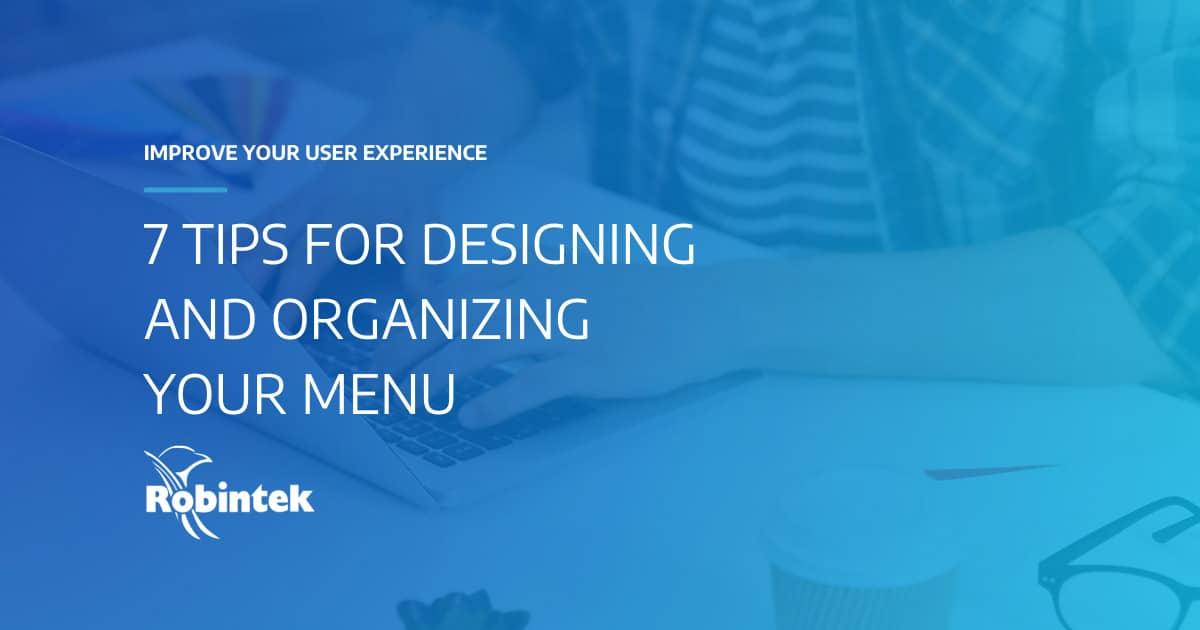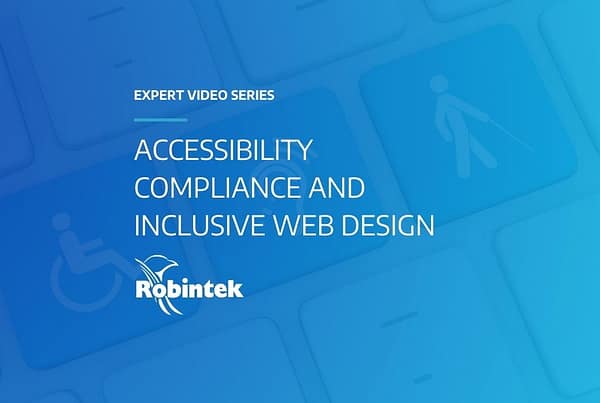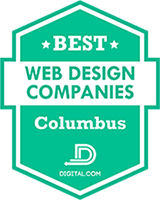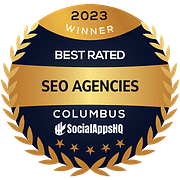
Your website’s menu is one of the most integral elements of your site. It guides your customers through your different pages to help them find exactly what they need.
But while it may seem simple, there are a number of factors that should go into your menu’s design and organization to make it as effective as possible.
Don’t risk losing traffic due to confusing or unclear navigation. Instead, take a look at these 7 tips to build an impressive site menu.

1. Place your menu where users expect to see it
While originality in your site design is important, you want to make sure your customers can easily find what they’re looking for. Many websites utilize a horizontal navigation bar that spans across the top of the landing page. Vertical navigation menus in the sidebar are also common.
Since these types of menus are so popular, users come to expect site navigation to be presented in these formats. If your menu isn’t as easy to locate and use, your visitors could give up on your website altogether.
2. Tailor it to what your customers are looking for
When deciding what main subpages should be listed in the header, consider what your customers are typically looking for. For example, if your company provides several specialized services, a “Services” link or tab in the menu is vital. Other common pages, like “About” or “Contact” information pages, are also often included in the main menu.
Does your website have a specific page or topic that receives a high number of unique visitors? You may want to list that in the main navigation menu as well, towards the front or the end of the list. Due to primacy and recency effects, visitors usually remember the first or last items in your menu most clearly. Include your most important links in those spots.

3. Keep it simple
As with all website content, users are looking for scannable, clear text in navigation links. Keep the titles of your menu items short and concise, but properly descriptive of the content they’re pointing to. Also, try to limit the number of main menu items. Typically, keeping the items to a list of 4-7 is optimal.
If you have more content that’s not directly linked in the main menu, you can utilize dropdowns to add more page links. Although it depends on your industry, in general, you want to keep those dropdowns trimmed down as well.
If your site has lots of separate pages, see if you’re able to streamline or combine them. The fewer clicks your visitor has to make to find what they’re looking for, the better.
4. Make sure your menu is mobile responsive
You likely already know the importance of mobile responsive design. But a responsive site is especially crucial when it comes to your site navigation. If your visitor has to zoom in on the desktop version on their mobile device, they’re likely to get frustrated or click the wrong link.
By utilizing a responsive design, you can make sure the links in your menu are large enough for users to tap on easily. It can also narrow the entire menu down into a hamburger-style menu to fit the size of their device. You may even want to use a full screen responsive menu to make it easier to navigate.

5. Don’t forget your footer navigation
When users scroll to the bottom of your page, they expect to find important information like your contact information and other links in the footer. If they have to scroll back to the top of your site to find those links, they might not make the effort.
Your footer structure can vary from including all the links from your main navigation menu, or just a few key links like your contact page, newsletter sign-up, or blog page.
Including your company’s contact information like your address, email, and phone number, as well as links to your social media platforms, also helps customers find this critical information more easily.
6. Provide a search option
On-site search functionality is one of the most critical elements of your navigation. When users can’t locate the information they’re looking for, or if they just want to find it faster, they can utilize your search capabilities.
An icon of a magnifying glass in your menu that links to your search feature allows customers to search for specific products or services. It also helps to prevent them from getting frustrated with your menu and abandoning your site. Just make sure that your search function is effective and consistently pulls up relevant information.

7. Include a call-to-action
A call-to-action (CTA) in or around your menu bar allows you to drive conversions right from the get-go. The site menu is prominently displayed on every page, so it will always be available when your customer is ready to click.
Keep the CTA in your menu short and straightforward. If you prefer, you can use a button design to make your CTA stand out. However, a text link that fits your menu design is better for search engine optimization (SEO) purposes, as well as your page loading speed.
Useful menus optimize your user experience
Whether you’re designing an entirely new site or have existing navigation, try dedicating even a few minutes of time to reviewing your menu. Making some small, beneficial adjustments can go a long way towards an upgraded customer experience on your site.
With a properly designed site menu, you can ensure that your visitors can easily find what they’re looking for. An effective menu improves your user’s experience and ultimately leads to higher customer satisfaction.
Having trouble designing the perfect menu? Reach out to us at Robintek, a Columbus website company. We can assist with any design or organization questions, whether they’re related to your site navigation or overall website design.
Who We Are
Robintek is a web development and web design company in Columbus, Ohio. Our talented team of web designers and website builders can help with creating and organizing your site menu or any other aspect of your business’s website. We also provide an extensive list of marketing, design, and development services, including eCommerce services, logo design, content creation and copywriting, photography services, and more.
For over 20 years, Robintek has provided website design services for over 600 clients around the country, including Central Ohio, Columbus, Newark, Youngstown, Richmond, Indiana, and more. If you’re ready to start working with Robintek for your website development and website design needs, request a consultation today.







